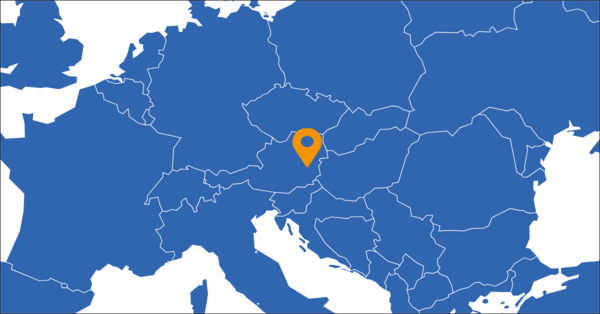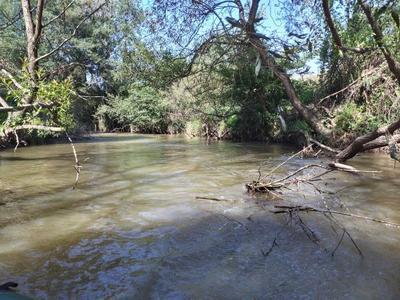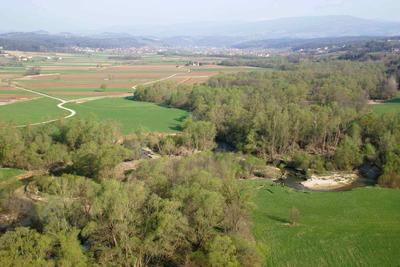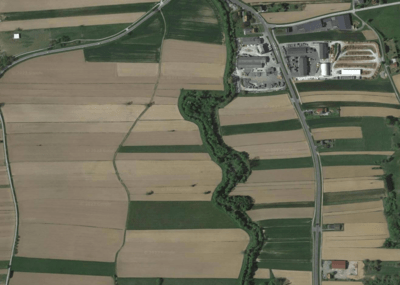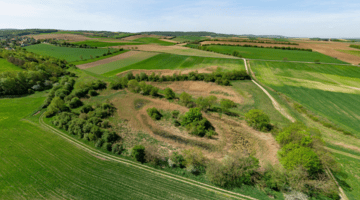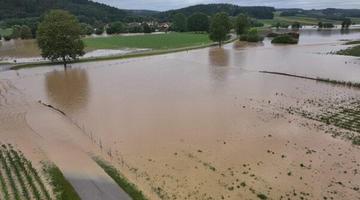The Lafnitz Valley faces significant challenges due to climate change and changes in land use in the area. These changes impact the ecological balance, population's exposure to natural hazards, and the economic use of the valley areas. On one hand, increasing periods of drought and heat, resulting in water scarcity, pose problems for agricultural uses. On the other, short, intense rainfall leads to increased soil erosion. This rainfall is only partially absorbed by the soil, carrying valuable topsoil away. This not only exacerbates flooding but also leads to sediment deposition in the Lafnitz riverbed. Important gravel banks, vital for aquatic life, are being buried, losing their value as habitats. Furthermore, these deposits narrow the river's cross-section, potentially leading to earlier flooding of surrounding areas. In urban areas, climate change in the Lafnitz Valley is leading to rising temperatures, exacerbated by increasing surface sealing. However, enhancing water retention capacity and planting trees can significantly improve the urban climate. These interconnected issues require collaborative initiatives and measures for resolution.

